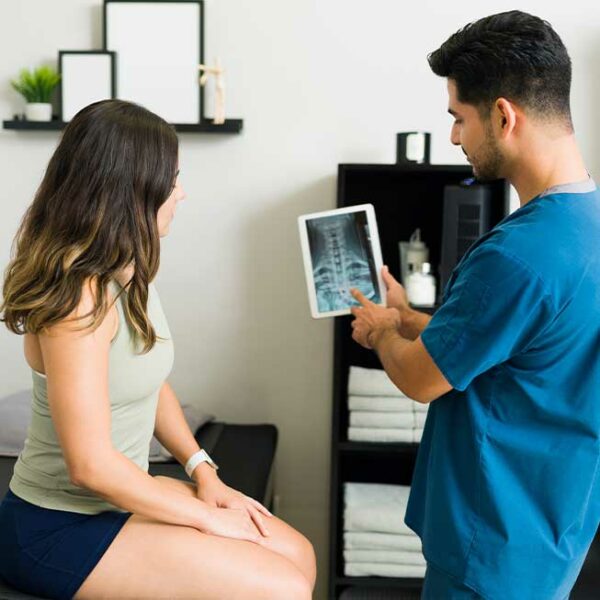
Spinal Cord Stimulator Surgery
Spinal Cord Stimulator (SCS) surgery is a minimally invasive procedure used to manage chronic pain that has not responded to other treatments. It’s particularly effective for conditions like failed back surgery syndrome, complex regional pain syndrome, and neuropathic pain.
During the procedure, thin electrodes are implanted near the spinal cord, strategically placed to target the specific areas causing pain. These electrodes deliver mild electrical impulses, which interfere with the pain signals before they reach the brain, providing relief.
Before the surgery, patients undergo a trial period with a temporary SCS system to ensure it effectively addresses their pain. Once deemed successful, the permanent device is implanted.
Spinal Cord Stimulator Surgery Recovery
Recovery after Spinal Cord Stimulator (SCS) surgery is a crucial phase on your path to pain relief and improved quality of life. Here’s what you can expect during your recovery journey:
Immediate Post-Op Period: After the surgery, you’ll spend some time in the recovery room for observation. Once you’re awake and stable, you’ll be moved to a regular room or possibly even allowed to go home the same day, depending on your surgeon’s recommendation.
Managing Discomfort: It’s normal to experience some soreness and discomfort around the incision sites. Your healthcare team will provide pain management techniques, which may include medication and other non-pharmacological options.
Activity Level: In the initial weeks, it’s important to limit strenuous activities. Light walking is encouraged to aid in circulation and prevent stiffness. Avoid lifting heavy objects or engaging in activities that put a strain on your back.
Follow-Up Appointments: Regular follow-up visits with your pain management team are scheduled to monitor your progress. These appointments are essential for making any necessary adjustments to the SCS settings for optimal pain relief.
Trial Period Assessment: If you had a trial period with a temporary SCS system before the permanent implant, your healthcare team will evaluate its effectiveness in managing your pain. Based on this assessment, they will fine-tune the permanent device’s settings.
Daily Care and Maintenance: Your healthcare team will provide instructions on how to care for the incision sites and the SCS device. Keeping the area clean and dry is crucial for preventing infection.
Physical Therapy (if recommended): Depending on your specific case, your healthcare provider may recommend physical therapy to help you regain strength and flexibility, as well as to learn how to optimize your pain relief with the SCS.
Remember, each patient’s recovery experience is unique, and adherence to your healthcare provider’s guidance is essential.


